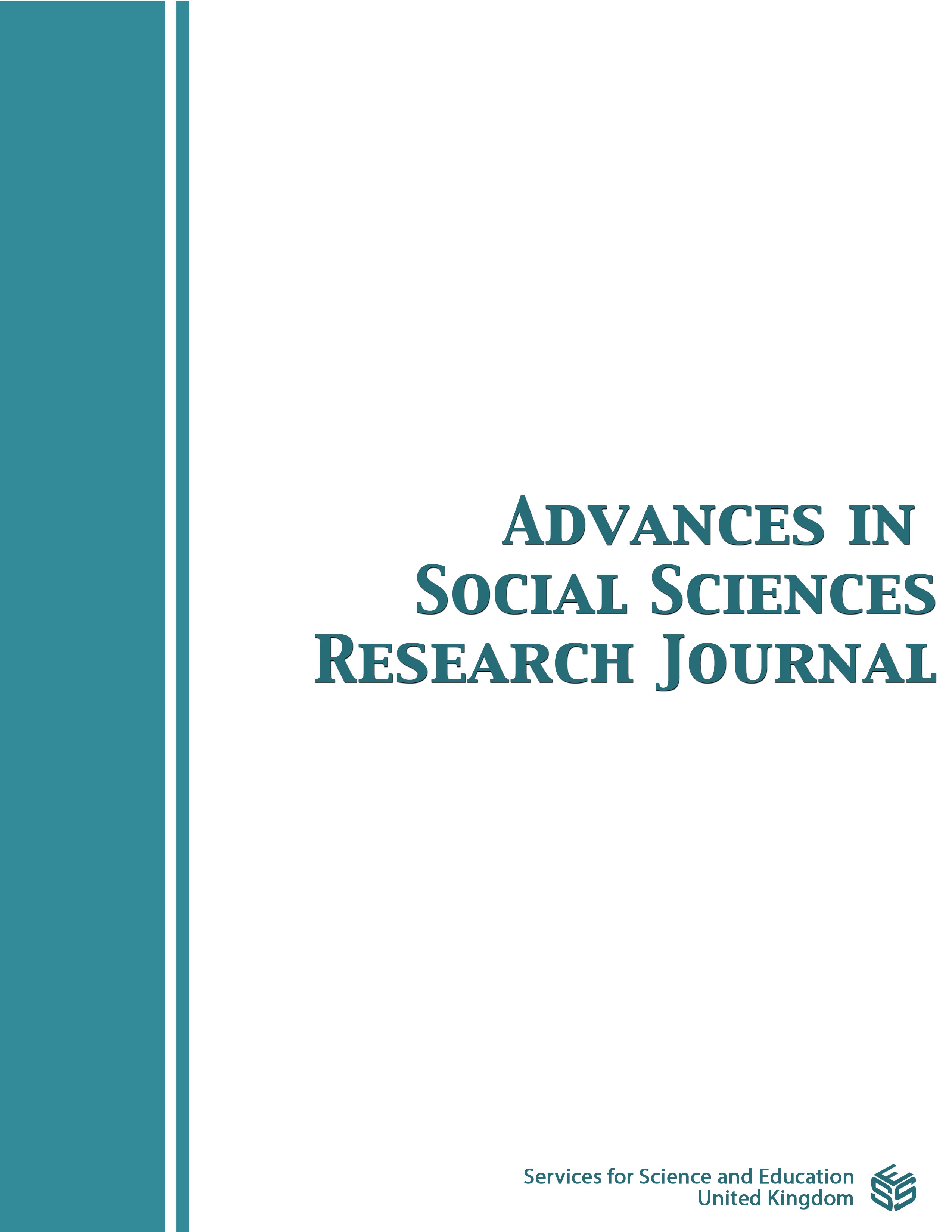Test Equating Using Linear Equating Method
DOI:
https://doi.org/10.14738/assrj.113.16586Keywords:
Test forms, Congeneric Forms, Equating Designs, Linear equating, Equating errorsAbstract
The study aimed to equate two test forms using the linear equating method and estimate the amount of equating errors associated with the method. The linear equating method was used to adjust for the difficulties of the test Form A and Form B on students’ Mathematics test scores. A 20-item mathematics instrument was used for data collection. The bootstrap method was used in the determination of the amount of equating errors that come with this equating method. Data on participants’ test scores on these two congeneric parallel test forms were used for this study. All the requirements for equating the two test forms were met with a reliability coefficient of .71. The scores of a new Form B of the test were then equated to its referenced Form A using a linear equating method. Findings from the study revealed that the linear equating method produced scores that were beyond the required possible observed scores, especially at the lower end of the scores. Again, the amount of error associated with the linear equating method seems to decrease consistently from the low ability scores to the high ability scores.
Downloads
Published
How to Cite
Issue
Section
License
Copyright (c) 2024 Umar Safianu Abukari, Robert Osman Iddrisu, Simon Alhassan Iddrisu

This work is licensed under a Creative Commons Attribution 4.0 International License.
Authors wishing to include figures, tables, or text passages that have already been published elsewhere are required to obtain permission from the copyright owner(s) for both the print and online format and to include evidence that such permission has been granted when submitting their papers. Any material received without such evidence will be assumed to originate from the authors.






